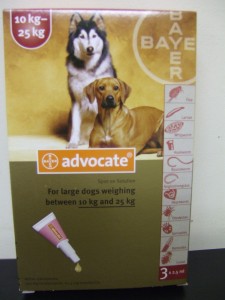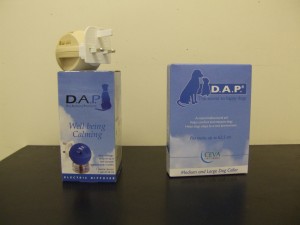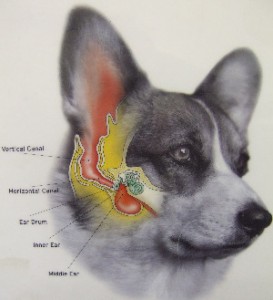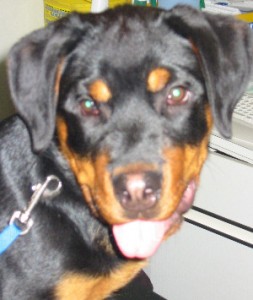Dog nail clipping is possible at home but you need some knowledge of how to do it correctly.
- What type of clippers should i use ?
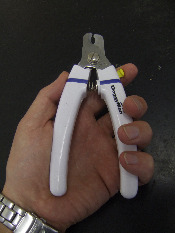
dog nail clippers
These are the type that i use most commonly in practice, which have a scissor action. There are larger and smaller ones depending on the size of dog, generally use the small type if your dog is less than 10kg, and the large ones if they are more than 10kg.
I would not recommend the “guillotine” type of clippers as dogs seem to resent the crushing action that occurs with this type, and it is more difficult to see exactly what you are cutting.
There is a lot of variation in the pigmentation in dogs’ nails, from completely black nails, to the whiter type through which it is possible to see the pink colouration associated with the blood vessels and the quick. The quick is the sensitive part of the nail that contains the blood vessels and MUST be avoided.
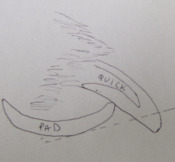
dog nail
The dotted line shows the level to cut the nail approximately parallel with the bottom of the pad. If in doubt just cut the sharp tips off the ends of the nails to avoid the quick.
Dogs generally have a very good blood supply to the quick, and if cut can bleed profusely. I would suggest applying pressure to the cut surface of the nail with cotton wool or a pad of kitchen roll for 3-5 minutes. You can also use silver nitrate or a styptic pen if available. You may have to use a light bandage to apply pressure on the cut end of the nail and bandage the whole foot, if it is still bleeding after applying pressure. If the nail is bleeding after 10 -15 minutes, you’ll need to call your vet.
- How often should i cut my dog’s’ nails?
If your dog walks on concrete or other hard ground regularly, this should wear the nails down naturally, and they may never need clipping. Other dogs may need them cutting more frequently if walked only on soft ground, every few months.
- Can i just clip my dogs dew claws?
Yes you can, as these may not wear down as quickly as the other claws, and may need trimming every 3 months.
- Do the back paws need trimming as much as the front paws?
No, the nails on the back paws often wear down more than the nails on the front paws, and so usually don’t require as much to be clipped off.
Don’t forget clipping dog’s nails, can be tricky, so if in doubt then take your dog into your vet.



